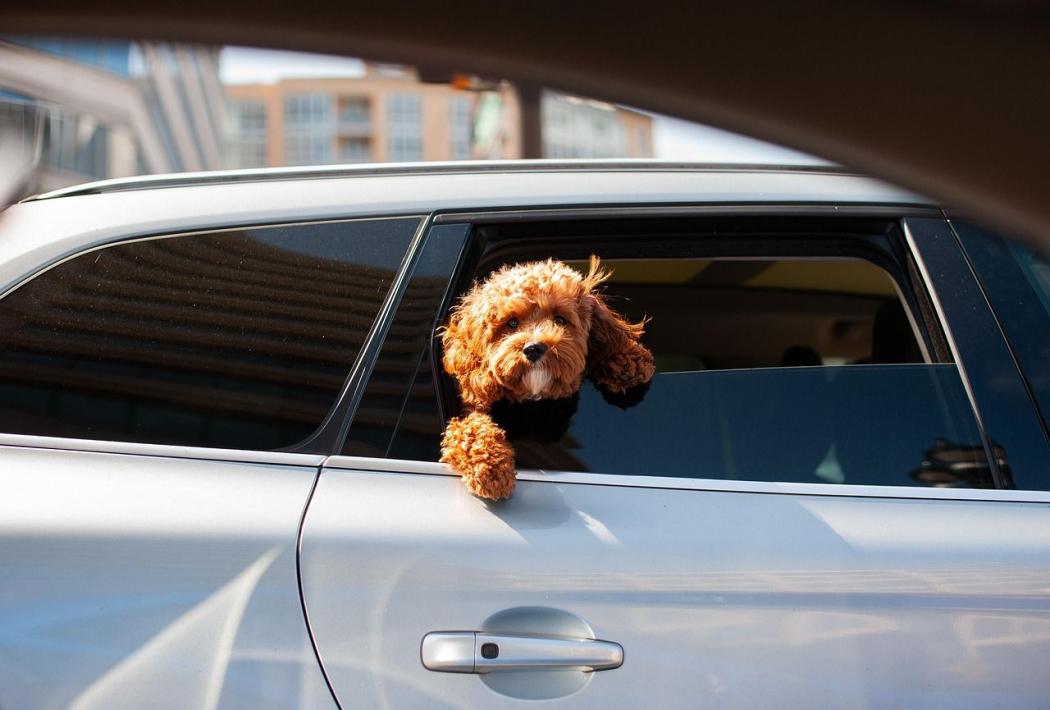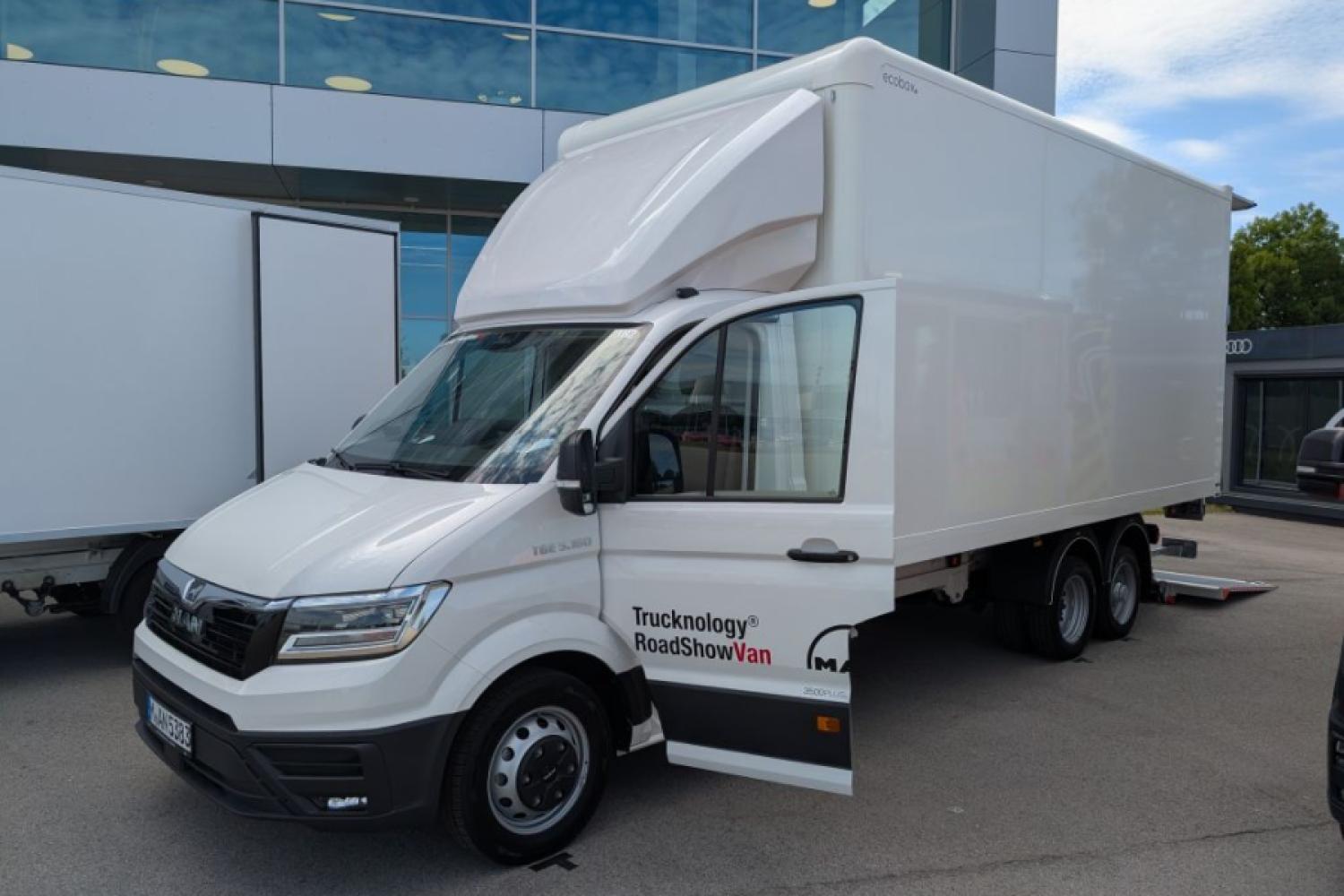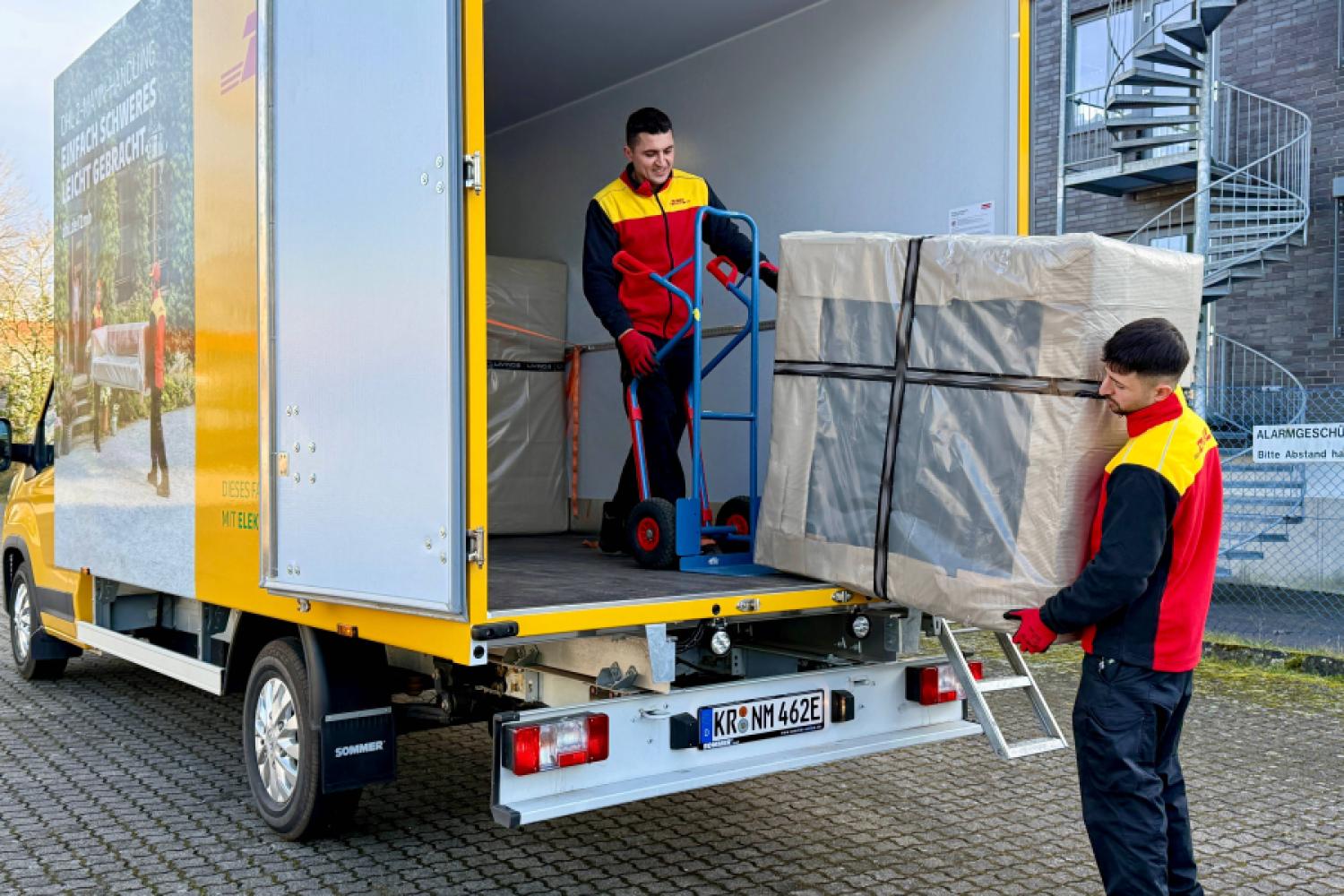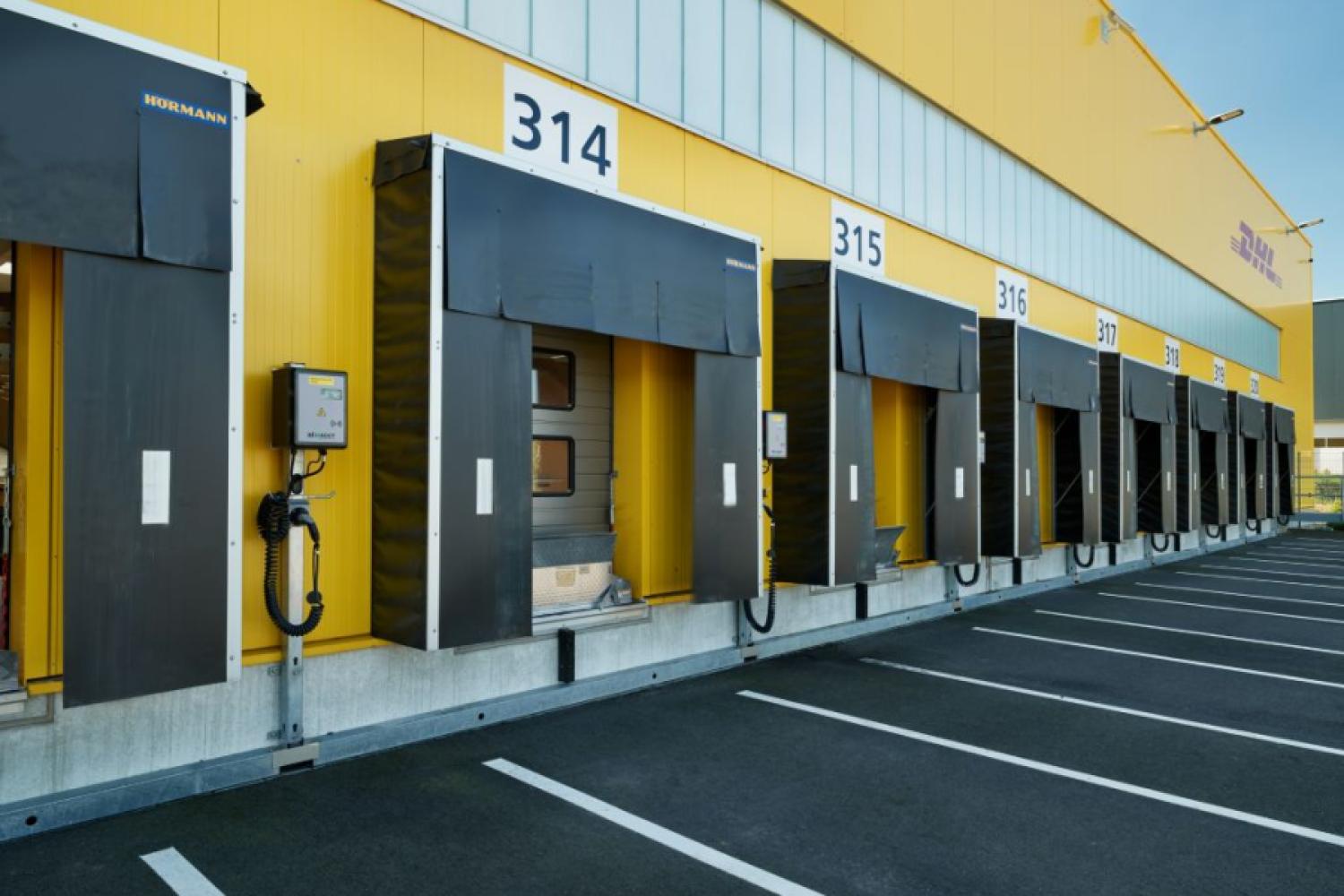The sun and summer heat quickly become a stress test for vehicles, drivers, and other occupants in road traffic. Therefore, the GTÜ recommends preparing well on very hot days.
According to experts, extremely high outside temperatures would put a multiple strain on vehicle technology. At 35 degrees Celsius and above, cooling systems can reach their performance limits. In addition, tire blowouts can occur due to incorrect tire pressure if the tire becomes excessively hot. Therefore, drivers should definitely check central vehicle functions before long journeys. According to GTÜ, this includes in particular the level of coolant and engine oil, as well as the condition of the tires. Furthermore, maintenance of the air conditioning system at a specialist workshop is advisable before the hot summer months.
No to lighters and power banksThe interior of the car can also become much hotter than the ambient air in summer due to the
greenhouse effect. For example, if the vehicle is parked in direct sunlight, it can heat up to temperatures of 60 degrees Celsius and more, according to experts. Therefore, thorough ventilation before driving is advisable.
A reflective mat on the windshield or parking in shaded areas can also counteract this. It is also very important never to leave flammable objects such as lighters or power banks in the car, as there is a risk of explosion.
Properly used air conditioning also makes a decisive contribution to well-being. However, the temperature difference to the outside temperature should not be more than five to six degrees Celsius. Recirculation helps to cool down faster for the first few kilometers. However, fresh air should then be allowed in again so that the air in the vehicle does not become excessively enriched with CO₂, according to the GTÜ.
On e-cars and flip-flopsIn an electric vehicle,
many digitally networked vehicles can already be pre-conditioned via an app. This is pleasant for the driver, and also less battery power is drawn for air conditioning during the drive.
However, temperature is not the only safety factor when driving in summer. Sufficient drinking water for each person in the car, light clothing, and breaks every two hours support concentration and physical fitness, especially on long journeys.
Sturdy shoes are relevant for safety to be able to reliably operate the pedals. Driving barefoot or in flip-flops is not expressly prohibited. But paragraph one of the Road Traffic Regulations (StVO) always applies: "Anyone participating in traffic must behave in such a way that no one is harmed, endangered, or more than is unavoidable under the circumstances, hindered, or harassed." This also means that potential risks for oneself and other road users from driving with unsuitable footwear must be avoided, according
to the experts.
Safety in summer heat is also an issue when the car is not driving, as children and animals must never be left in a parked vehicle in the heat. This also applies to supposedly short errands, as even a few minutes can be enough to reach a critical level of overheating. Furthermore, sufficient drinking water should always be available for pets. Child seats and belt buckles should also be covered with light cloths to prevent burns.
Last but not least, forward-looking planning helps to deal with extremely hot temperatures. For instance, one could consider driving early in the morning or late in the evening, avoiding peak traffic times, and getting information about routes, refueling, and charging infrastructure, according to GTÜ experts. This can reduce stress and increase safety. Anyone who observes these measures will arrive safely, relaxed, and with a cool head even on hot days.






